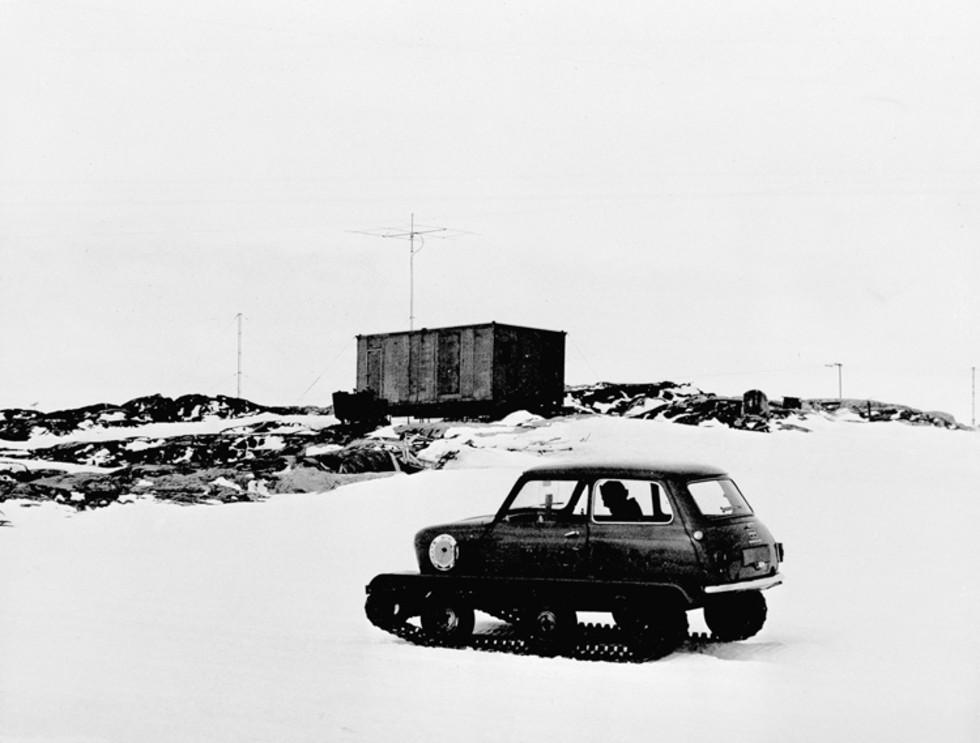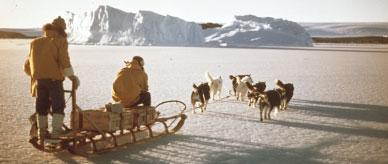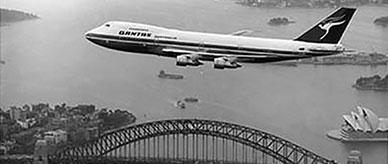


About this record
This is a black-and-white photograph of a modified Mini Minor car at Wilkes Station in Antarctica in 1965. The modified Mini is sitting on snow tyre-tracks against a backdrop of ice and rocks.
Educational value
- Wilkes Station is in Wilkes Land in Eastern Antarctica, which covers 2.6 million square kilometres of mostly glacial land—the largest area of the Australian Antarctic Territory. The area surrounding Wilkes Station includes the Clark, Bailey, Mitchell and Browning Peninsulas, as well as Robinson Ridge and many islands.
- Wilkes Station was named after the American explorer Charles Wilkes, who led the US Exploring Expedition in 1838–42. Wilkes observed the phenomenon of the continental margin, which helped prove that Antarctica was a continent.
- The United States established Wilkes Station on the western side of the Clark Peninsula in 1957 as part of the International Geophysical Year (IGY) research project. Wilkes Station was transferred to Australia in 1959 after the IGY project ended.
- Wilkes Station was used as a research station and, between 1962 and 1969, researchers with the University of Tasmania used it to monitor cosmic rays. In 1969 Wilkes was abandoned as a base for research and replaced by Casey station, built on the nearby Bailey Peninsula.
- This photograph shows how resourceful people have to be when exploring and living in harsh, inhospitable conditions. Antarctica’s isolated, harsh, rocky and icy environment means that special equipment is needed to explore and navigate the terrain. The Mini Minor car in the photograph has been modified by removing the tyres and placing it on caterpillar tracks that can cross the snow and ice.
- Minis are not the only cars that have been transported to Antarctica. An early motor car was shipped there during Shackleton's 1907–09 expedition, and Volkswagens and Sno-Cats were also used in Antarctica during the 1960s.
Acknowledgments
Learning resource text © Education Services Australia Limited and the National Archives of Australia 2010.
Related themes
Need help with your research?
Learn how to interpret primary sources, use our collection and more.


